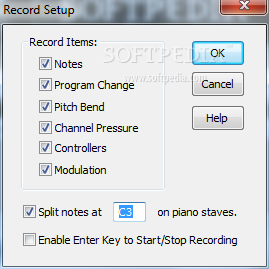
Originally only a four-door sedan body style, Teague and AMC's design staff decided to mock-up a two-door coupe just before Opron was to review the work of the American team. Richard Teague, AMC's Vice President of Design, and his French counterpart, Robert Opron, director of Renault Styling, each traveled between France and the U.S. The two automakers worked closely as each design studio developed spin-offs of cars created by the other. Renault's objective was to build its newer models at AMC's existing manufacturing plants, thus avoiding the problems Volkswagen encountered with its "Rabbit" version of the Mk1 Golf assembled in its new factory in Westmoreland, Pennsylvania. carmakers had yet to bring out large numbers of small, fuel-efficient cars. seemed the best way to grow especially since fuel prices were rising and the major U.S. With the United States dollar then relatively weak against the French franc, manufacturing in the U.S. Some called it "Franco-American Motors," a pun on the French-American combination and the Franco-American food company. By the end of 1980, Renault held a controlling interest of AMC. automaker sought assistance from the French government-owned company. During the time when Chrysler received US$1.5 billion in loan guarantees when Congress passed the "Chrysler Corporation Loan Guarantee Act of 1979", AMC was not considered by lawmakers to be "too big to fail" and thus the smallest U.S. economy entered the early 1980s recession, AMC signed an agreement with Renault giving a share in AMC's ownership in exchange for the rights to sell Renault cars in the U.S. īanks refused to provide AMC further credit to develop new products for the changing marketplace, so AMC turned to Renault for a $90 million loan. automakers saw their sales plummet, but this decline was dangerous to AMC's survival with only 2% share of the U.S. However, sales dropped suddenly in 1979 with a declining economy meaning all four of the U.S. The company had three product lines: a profitable line of government vehicles, Jeeps, and passenger cars.

The cars featured exterior styling by Robert Opron, director of Renault Styling, and interior design by AMC's Dick Teague, with both the Alliance two-door sedan and the convertible body styles uniquely developed by AMC.Ĭompetition from the " Big Three," the rise of Asian import automobiles, new safety regulations, the 1973 oil crisis, and 1979 energy crisis left American Motors in a weak position in the U.S. The Alliance and Encore derived from AMC's 1979 partnership with Renault, which held controlling stake in AMC. Production was discontinued after Chrysler's acquisition of AMC in 1987. A total of 623,573 vehicles were manufactured in Kenosha, Wisconsin. AMC also marketed a sports version called Renault GTA for 1987. Initially available in two- and four-door sedan configurations, three- and five-door hatchback variants (marketed as the Renault Encore) became available in 1984, and a convertible in 1985. The Alliance and its subsequent hatchback variant, the Encore, were re-engineered Renault 9 & 11 for the U.S.



The Renault Alliance is a front-wheel drive, front-engine subcompact automobile manufactured and marketed in North America by American Motors Corporation (AMC) for model years 1983–1987.


 0 kommentar(er)
0 kommentar(er)
